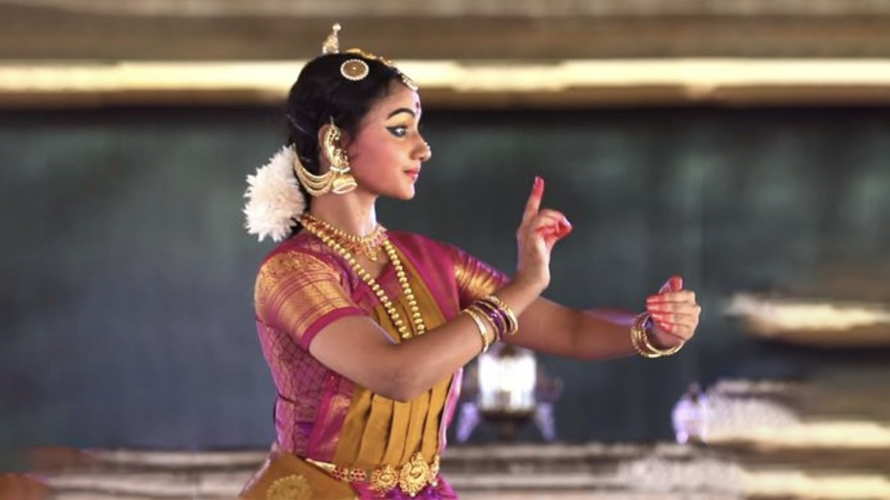Classical Indian dance is a deep reflection of cultural identity, spiritual faith, and artistic rigor. Among its honored forms, Kuchipudi stands alone a place where worship and tradition blend seamlessly. At Nrityangana, the enduring spirit of Kuchipudi isn’t just kept alive but is brought into the present, allowing students to see how a traditional dance can transform into a personal spiritual quest. Every Kuchipudi dance performance there is more than an exhibition; it mirrors age-old wisdom and a divine connection.
Kuchipudi: A Traditional Dance with a Devotional Foundation
What makes Kuchipudi distinctive as a traditional dance is its origin in the temples of Andhra Pradesh, where it began as a devotional offering by male Brahmin artists. As time passed, the form changed, but its spiritual core remained unchanged. At Nrityangana, that sacred beginning is valued and celebrated. Students are taught not only the steps and sequences but also the mythical stories and prayers that each movement represents. This respect for tradition gives students a deeper sense of purpose, dancing not for applause, but for devotion. Through the beat of their feet and the elegance of their expressions, students learn to communicate the language of the divine.
Finding Spirituality Through Dance
At Nrityangana kuchipudi dance is designed to be a spiritual act. The choreography is based not only on aesthetic value but also on the deeper emotional and devotional message it conveys. Every expression, or bhava, is a meditation in itself. Students are encouraged to embody the feelings of the characters they portray, such as the grace of Lord Krishna or the strength of Goddess Durga. In this way, the dance becomes a way to explore the self. The practice sessions start with prayers, and every movement is done with spiritual focus, making the learning experience as sacred as the performance.
Connecting the Past and Present with a Clear Goal

A traditional dance like Kuchipudi continues to thrive because institutions like Nrityangana keep its values alive while adapting it for today’s society. Teachers combine classic methods with a teaching style that appeals to modern learners. Young dancers learn the historical and cultural aspects of the dance form while also developing stage presence and performance skills. This balance of the past and present assures students to take Kuchipudi beyond the studio to auditoriums, festivals, and even international stages while staying true to its original spirit. Through each Kuchipudi dance, Nrityangana fosters artists who are proud of their heritage and have a strong spiritual foundation.
Conclusion
At the heart of Nrityangana is a simple but powerful idea that a traditional dance like Kuchipudi is not just about skill, but about truth, tradition, and personal growth. The academy offers more than training; it offers a sacred space where students mature as dancers and as individuals. Every step is built on centuries of devotion, and every expression mastered brings them closer to their inner spiritual self. In a world that’s always changing, Nrityangana remains a place where the divine beauty of Kuchipudi continues to inspire, enlighten, and uplift the soul.


